The Complete Guide to Most Common Canvas Sizes: Everything You Need to Know
If you’re looking for a guide on the most common canvas sizes, look no further! In this article, we will provide you with everything you need to know about choosing the right size for your next project. We’ll discuss both standard and custom sizes, and offer some tips on how to choose the best option for your needs. So whether you’re a beginner or a seasoned pro, read on for the most comprehensive guide to canvas sizes available online!
How to Choose the Correct Size of Canvas for Your Artwork
When it comes to choosing the size of canvas for your artwork, there are a few things you need to take into account. The first is the overall size of the piece, and the second is the scale of the subject matter. You also need to consider if you want your artwork to be hung on a wall or placed on a shelf. With these factors in mind, here are some general guidelines for choosing the correct size of canvas for your artwork.

In addition to the overall size of your piece, you also need to take into account the scale of your subject matter. This is especially important if you’re painting something like a portrait or still life. You’ll want to make sure that your canvas is large enough so that your subject matter isn’t too small in relation to the rest of the painting.
Small Canvas Sizes
The most common small canvas size is 11″ x 14″. This is a popular option for students and novices.
Another popular small canvas size is 16″ x 20″.
If you’re looking for an even smaller option, try a mini canvas. These are the typical six-inch squares that you’ll use for fast sketches or practice works.
Medium Canvas Sizes
For a slightly larger working area, try a medium canvas. A popular option is an 18″ x 24″. It’s a good choice if you plan on framing your painting, as most frames are designed for standard-sized canvases.
Another popular medium canvas size is 24″ x 36″. This size is great for more detailed paintings and larger-scale artwork. It’s also a good choice if you plan on hanging your painting, as most hangers are designed for standard-sized canvases.
If you’re looking for an even bigger option, try a large canvas.
Large Canvas Sizes
The most common large canvas size is 36″ x 48″. This size is perfect for many types of artwork, including landscapes, portraits, and still lifes. It’s also a popular choice for students and beginners because it’s large enough to provide a good working area but small enough to be manageable.
Another popular large canvas size is a 48″ x 60″.
Try an extra-large canvas if you’re looking for an even bigger option. These canvases are typically around 96 inches square and are perfect for very detailed paintings or large-scale artwork.
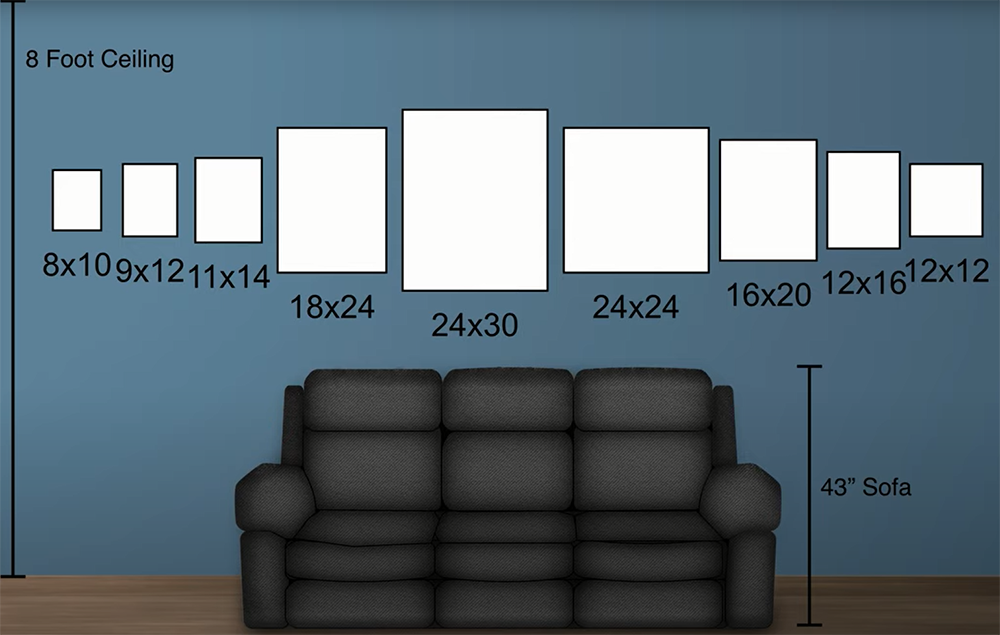
As you can see, there are a variety of canvas sizes to choose from. The important thing is to select the size that will best suit your needs. If you’re not sure which size to choose, try experimenting with different sizes until you find one that feels right for you.
Most artists find that working on a smaller scale is more comfortable and manageable than on a larger one — but this completely depends on individual preferences! Some artists feel more comfortable starting out small and then working their way up to larger canvases, while others find it easier (and more fun) to jump right in and tackle a big project. There’s no right or wrong answer here — it’s all about what makes you feel most comfortable and inspired.
Other Canvas Shapes and Sizes
In addition to the standard rectangular canvas, you can also find canvases in a variety of other shapes. These include:
Mini Canvases
These are typically small canvases measuring around six inches square. They’re perfect for quick studies and sketches, or for trying out new ideas and techniques.
You can buy mini canvases ready-made from most art supply stores.
To do this, measure and mark out the desired size on the back of your larger canvas, then use a sharp knife or Stanley blade to cut along the lines. Sand the edges smooth with sandpaper before painting.
If you’re using oil or acrylic paint, you may want to prime your mini canvas first. This will help to prevent the paint from soaking into the fabric too much and will give you a smoother surface to work on.
Square Canvases
Many artists prefer square canvasses for a variety of reasons, as they offer a refreshing change from the traditional rectangular format.
They can be used for all kinds of paintings, from landscapes and cityscapes to portraits and still lifes.
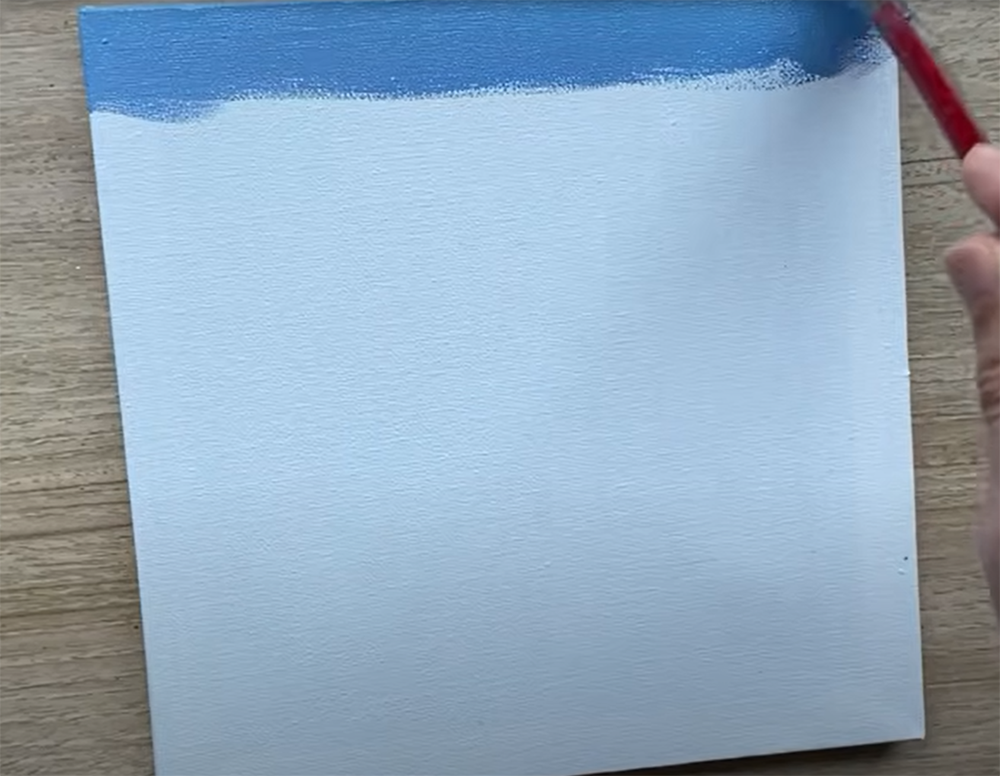
As with mini canvases, you can buy square canvases ready-made or make your own by cutting down a larger canvas. Measure out the desired size on the back of the canvas and cut along the lines with a sharp knife or Stanley blade. Sand the edges smooth with sandpaper before painting.
To hang a square canvas, you can use either Picture Hanging Wire or Picture Hanging Hooks.
Rectangle canvases
Different people have different preferences when it comes to choosing between wire and hooks, but both methods are relatively straightforward to do.
Oblong Canvases
Oblong canvases are a great option if you want to create a panoramic scene or landscape. They come in a range of sizes, from small ‘postcard’ canvases to large wallhangings.
Oblong canvases are available in a variety of sizes, from tiny to huge.
Custom Sized Canvases
If you want to create a canvas that is a specific size or shape, you can make your own custom-sized canvas. This is a great option if you want to create a mural or an oversized work of art.
Making your own custom-sized canvas is relatively straightforward, but it does require some planning and preparation. First, you need to calculate how much fabric you will need to cover the frame. To do this, measure the length and width of the frame and add twice the depth of the frame to each measurement. For example, if your frame is 30cm x 40cm with a depth of 20cm, you will need 130cm x 190cm of fabric.
Once you have calculated how much fabric you need, cut it to size and then staple it to the back of the frame. Start in the middle of each side and work your way out, making sure that the fabric is pulled taut as you go. [1]
Once all four sides are covered, trim off any excess fabric and apply a layer of gesso to the front of the canvas. This will help to prime the surface and provide a good base for your paint.
Canvas Hanging
Picture Hanging Wire is the traditional method for hanging canvases. It involves attaching two loops of wire to the back of the canvas, one at each top corner. The wire is then threaded through picture hooks screwed into the wall, and the excess wire is trimmed off.
To attach the Picture Hanging Wire, first measure out how much you will need and cut it to size. Make a small loop in one end of the wire and secure it with a strong adhesive such as super glue or epoxy resin. Do the same with the other end of the wire.
Next, position your canvas on a flat surface so that you can reach the back easily. Apply a generous amount of adhesive to each loop of wire and press it firmly into place on the top corners of the back of the canvas. Allow the adhesive to dry completely before moving on to the next step.
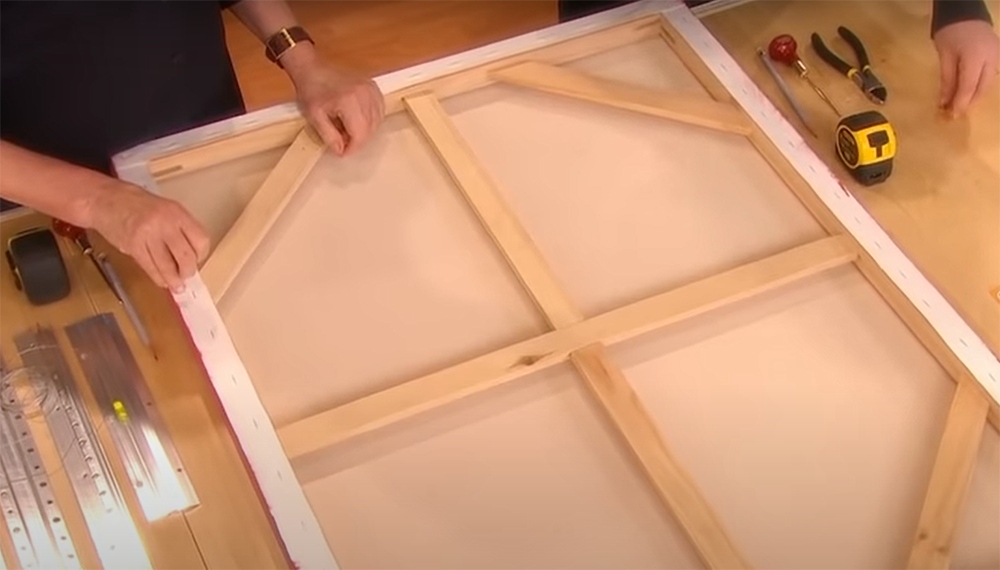
Now it’s time to attach the Picture Hanging Wire to the wall. Start by screwing your picture hooks into the wall at the desired height. Make sure that they are screwed in firmly and at an even distance apart.
Thread one end of the wire through each hook, then pull gently until the canvas is level. If you need to adjust the positioning of the hooks, unscrew them and move them to a different location. Once you’re happy with the positioning, trim off any excess wire and tuck it behind the frame so that it’s not visible.
Hanging a canvas using Picture Hanging Hooks is a similar process, but instead of using wire, you will be using small metal hooks.
Next, place your canvas on a flat surface so that you can easily reach the back. Attach the hooks to the canvas by applying a generous layer of adhesive to one side of each and pressing it into place near the top corners of the canvas’s back. After the epoxy hardens, carefully remove any extra adhesive with a solvent wipe or cloth. Allow the glue to dry completely before continuing.
Now it’s time to hang your canvas on the wall. Start by threading one end of each hook through the hole at the top of the frame. [2]
Pull gently until the canvas is level, then use a hammer to tap the hooks into place. If you need to adjust the positioning of the hooks, remove them and reposition them as needed.
Choosing the Right Canvas for Your Space
The size of a canvas is determined by its width and height. The most common canvas sizes are:
Small and Mini Canvases
Small and mini canvases are great for smaller spaces such as apartments, dorms, or small bedrooms. They can also be used to create a focal point in a larger room.
Common small and mini canvas sizes are:
- 16” x 20”
- 11” x 14”
- 12” x 12”
- 18″ x 24″
- 36″x 24″
Medium and Square Canvases
Medium and square canvases are versatile and can be used in a variety of spaces. They are also great for creating a gallery wall.
Common medium and square canvas sizes are:
- 20” x 20”
- 24” x 24”
- 30″ x 30″
Large Canvases
Large canvases make a statement and can be used as the focal point in a room. They are also great for filling large empty walls.
Common large canvas sizes are:
- 36” x 36”
- 48” x 48”
- 40″x 60″
What Is the Best Canvas Material For Painting?
When it comes to canvas, there are a few different types of materials that you can choose from.
Canvas Materials
Cotton or linen is the most frequent material used to make canvas. These natural fibers provide a tight weave that is perfect for painting. However, they can be quite expensive.
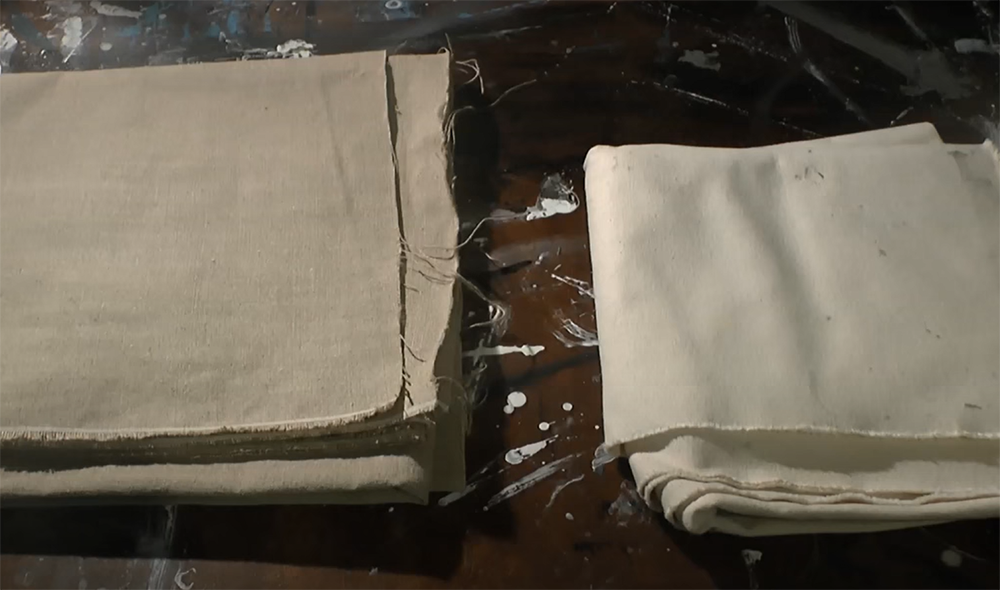
Another option is to choose a synthetic fiber canvas. Polyester or nylon are the most common materials used to create these. They’re often less expensive than natural fibers. However, they don’t always provide the same level of quality as natural fibers.
Finally, you can also choose a recycled canvas. These canvases are made from recycled materials like denim or burlap sacks. They are usually very inexpensive but may not be as high quality as the other two options.
Canvas Structures
In addition to the different materials, there are also different structures that canvases can have.
A stretched canvas is the most popular form of canvas. This type of canvas has the fabric stretched over a wooden frame. The frame provides extra support and prevents the fabric from sagging or wrinkling.
Another option is an unstretched canvas. These canvases do not have a frame and are simply the fabric glued or taped to a backing board. Unstretched canvases are cheaper than stretched ones but can be more difficult to work with.
Finally, you can also choose a rolled canvas. Rolled canvases are simply the fabric rolled up without any backing board or frame. They are the cheapest option but can be difficult to store and transport. [3]
Which size is right for me?
Now that you know the different types of canvases, you need to decide which size is right for you.
The most common canvas sizes are:
- Small: 18” x 24”
- Medium: 24” x 36”
- Large: 30” x 40”
- Extra large: 36” x 48”
Of course, these are only suggestions; you should pick the size that is most suitable for your needs. If you’re not sure what size to pick, it’s better to go big rather than small. You can always trim down a larger canvas but it is much more difficult to add material to a smaller one.
FAQ
What is the most popular canvas size?
The most popular canvas size is 16×20 inches. Other popular sizes include 24×36 inches and 36×48 inches. [4]
What is the standard canvas size?
There really is no definitive answer to this question as it largely depends on the artist or what they are trying to achieve with their work. However, there are some general canvas sizes that are more commonly used than others. For instance, many artists prefer to use a stretched canvas that is either 18×24 inches or 20×30 inches. These size canvases are large enough to give the artist plenty of room to work, but not so large that they become unmanageable.
Another popular option is a canvas panel, which is essentially a pre-stretched piece of canvas that can be purchased in a variety of different sizes. The most frequent size of a canvas panel is probably 16 x 20 inches, although they are also available in other sizes. [5]
What is the best size for canvas prints?
This is a question we get asked a lot, and unfortunately, there is no one-size-fits-all answer. The best size for canvas prints depends on a number of factors, including the intended use of the print and the available space.
Here are some general guidelines to help you choose the best size for your canvas print:
- If you’re looking for a statement piece, go big! Large canvas prints make a dramatic impact and can be the focal point of any room.
- If you’re working with limited space, or if you want to create a gallery wall, smaller sizes are ideal.
- Consider the proportion of your image. Some photos work better in certain aspect ratios than others.
Are Canvases Only Available in a Square Shape?
No, canvases come in all sorts of shapes and sizes. The most common shapes are rectangles, but you can also find oval, circular, and even triangular canvases.
Useful Video: The Top 9 Canvas Sizes and Why You Should Use Them
Conclusion
In the end, there is no one-size-fits-all solution to the question of what are the most popular canvas sizes. However, we hope that this guide has given you a better understanding of the different factors to consider when choosing a size for your next project. With this knowledge in hand, you should be able to select a size that will suit your needs perfectly. We hope you enjoyed this complete guide to the most common canvas sizes. Thanks for reading!
References:
- https://artincontext.org/what-are-standard-canvas-sizes/
- https://www.my-picture.co.uk/blog/how-to-hang-your-canvas-print-the-complete-guide.jsf
- https://artradarjournal.com/paintings/canvas/what-material-is-used-for-canvas-painting/
- https://canvasondemand.zendesk.com/hc/en-us/articles/360000864388-What-Size-Canvas-Would-Look-Best-
- https://lucyart.co.uk/size.php

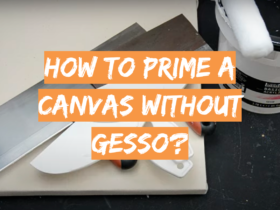



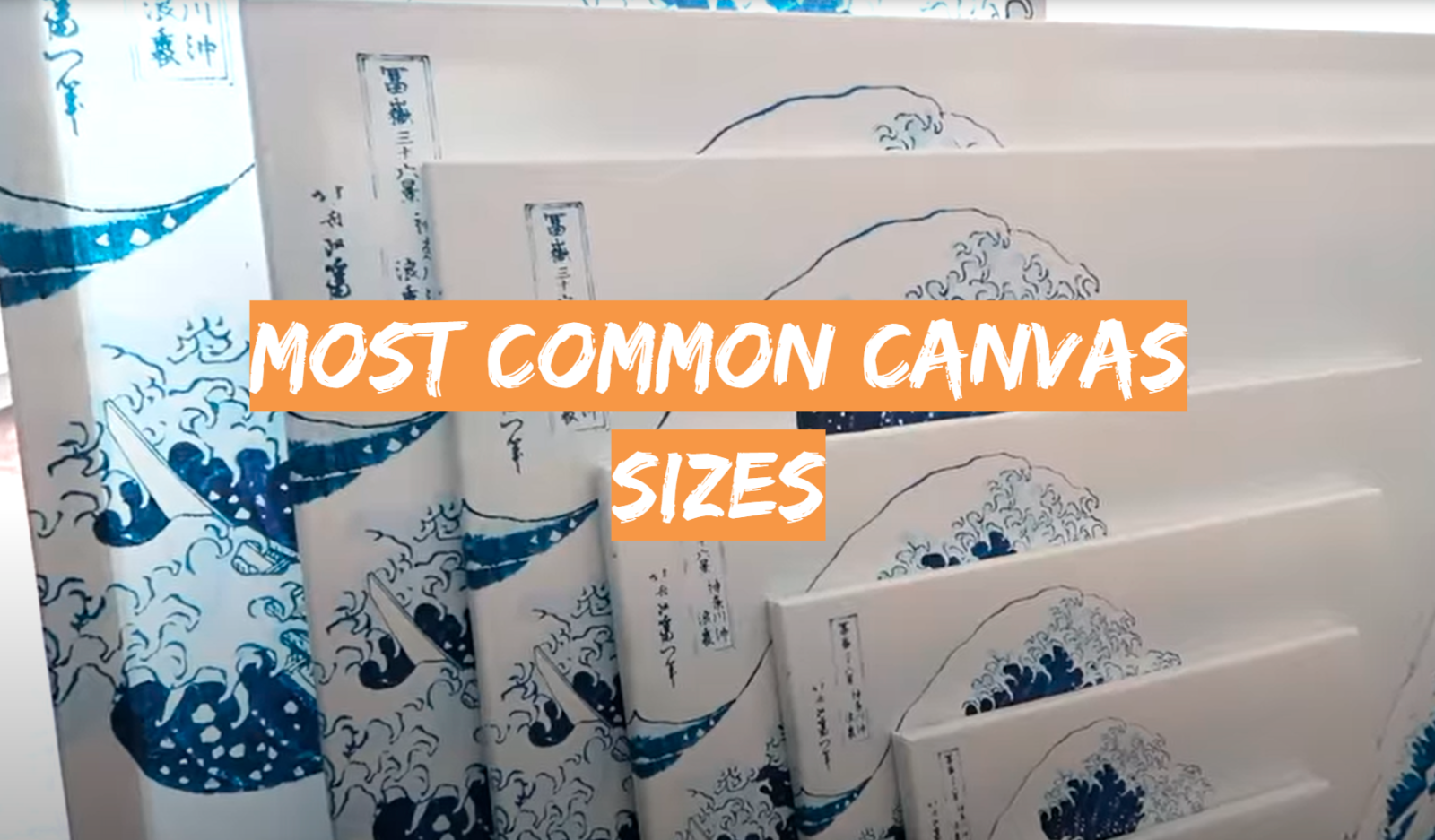



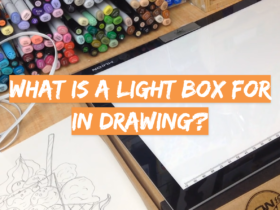
Leave a Review